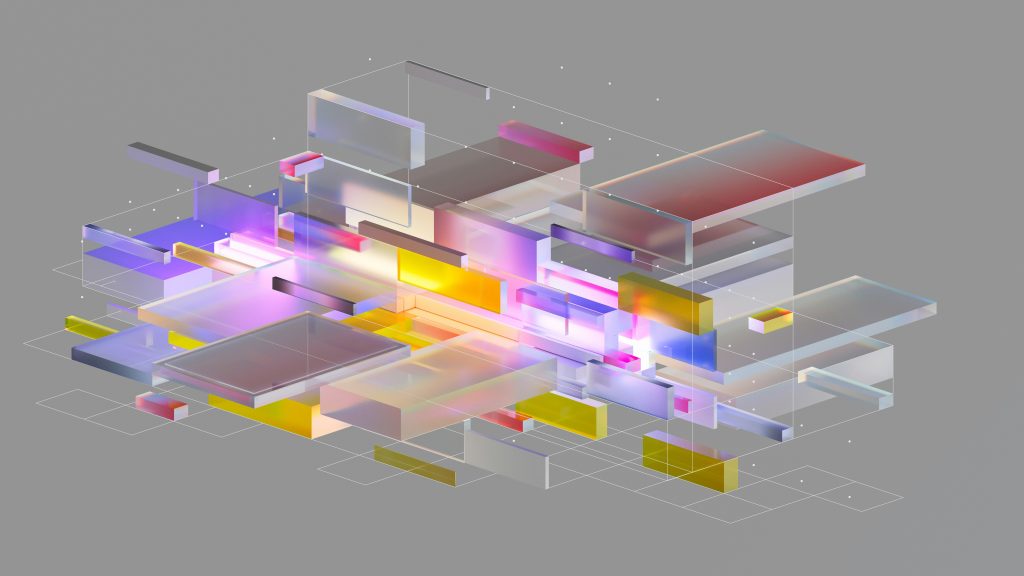Ever tried explaining a complex design idea using only words? It’s like trying to describe the taste of chocolate to someone who’s never eaten it. You can use all the adjectives in the world, but until they experience it themselves, they won’t truly understand.
That’s exactly where 3D rendering services come to the rescue. They transform abstract concepts into tangible, visual experiences that anyone can understand and connect with.
Enhanced Communication That Actually Works
The biggest headache in any design project? Miscommunication. You say “spacious,” the client hears “empty.” You mention “modern,” they imagine something completely different. 3D rendering eliminates these translation errors by creating a shared visual language that everyone speaks fluently.
Think about it – when was the last time you had to explain what you meant by “the way the morning light hits the kitchen island”? With proper visualization, you don’t explain it. You show it.
Faster Decision-Making Process
Decision paralysis is real, especially when clients are investing significant money in design projects. Traditional sketches and 2D plans leave too much to imagination, which breeds uncertainty. Uncertainty breeds delay. Delay breeds frustration.
3D rendering cuts through this cycle by providing crystal-clear visual information. When clients can see exactly what they’re getting, decisions happen faster. The full article on industry research shows that projects with 3D visualization experience 45% faster approval rates.
Cost-Effective Problem Detection
Here’s something that might surprise you: mistakes are expensive. Really expensive. Finding design flaws after construction begins can cost thousands of dollars and weeks of delays. But catching those same issues during the 3D modeling phase? That costs practically nothing.
Professional rendering services act like a crystal ball, revealing potential problems before they become real-world headaches:
- Spatial issues that aren’t obvious in 2D
- Material conflicts that look wrong in reality
- Lighting problems that affect functionality
- Accessibility issues that need addressing
Marketing and Sales Transformation
Let’s talk business. In today’s visual-first world, quality imagery isn’t just nice to have – it’s essential for winning projects and closing sales. Real estate developers understood this early, but the principle applies across industries.
Consider these marketing advantages:
- 40% higher engagement rates on social media
- 67% more likely to generate inquiries
- 30% faster sales cycles
- 25% higher conversion rates
As Steve Jobs once said, “Design is not just what it looks like and feels like. Design is how it works.” 3D rendering helps communicate both the aesthetics and functionality of a design.
Risk Reduction Through Visualization
Every design project involves risk. Will the client love the final result? Will the space function as intended? Will the materials work together harmoniously? Traditional design processes leave these questions unanswered until it’s too late to make changes easily.
3D rendering provides a risk-management tool that allows designers and clients to:
- Test different scenarios safely
- Identify potential issues early
- Make informed decisions with confidence
- Reduce the likelihood of costly revisions
Enhanced Creative Exploration
Here’s something interesting: 3D rendering doesn’t just help communicate existing ideas – it helps generate new ones. When designers can quickly visualize different options, they’re more likely to explore creative solutions they might not have considered otherwise.
The iterative nature of modern 3D tools encourages experimentation. Want to see how that wall looks in a different color? Done in minutes. Curious about alternative furniture arrangements? Easy to test. This creative freedom leads to better design outcomes.
Professional Credibility and Competitive Edge
In a crowded marketplace, presentation quality directly impacts perceived competence. Clients often judge design skills based on how well ideas are communicated. Professional 3D rendering elevates any presentation and positions you as a serious, skilled professional.
Industry statistics show that design firms using high-quality 3D visualization win 60% more projects than those relying solely on traditional presentation methods. That’s not just correlation – that’s causation.
Time-Saving Efficiency
Time is money, especially in the design industry. Traditional design processes involve multiple rounds of sketches, revisions, and client meetings. 3D rendering streamlines this process by providing immediate visual feedback.
Time-Saving Benefits:
- Fewer revision cycles
- More efficient client meetings
- Faster design iteration
- Reduced project timelines
Improved Client Satisfaction
Happy clients refer more clients. It’s that simple. When clients can see their vision realized in stunning detail before construction begins, satisfaction rates soar. There are fewer surprises, fewer disappointments, and more celebrations when projects are completed.
According to industry research, projects with comprehensive 3D visualization report 85% higher client satisfaction scores compared to traditional presentation methods.
Technology Integration and Future-Proofing
Modern 3D rendering services offer more than static images. They provide virtual reality experiences, interactive walkthroughs, and even augmented reality features. This isn’t just impressive – it’s practical.
Imagine allowing clients to:
- Walk through their future home virtually
- Change materials and finishes in real-time
- Experience different lighting conditions
- View 360-degree panoramic spaces
Quality Control and Consistency
Professional rendering services maintain consistent quality standards across projects. This reliability is crucial for maintaining brand reputation and client trust. When every presentation meets high visual standards, clients know what to expect.
Flexibility and Customization
Modern 3D rendering adapts to specific project needs. Whether you need photorealistic architectural renders, stylized product visualizations, or technical cutaway drawings, professional services can deliver precisely what your project requires.
Global Collaboration Made Easy
In today’s interconnected world, design teams often work across different time zones and continents. 3D rendering provides a universal language that transcends cultural and linguistic barriers. A well-crafted render communicates the same message whether it’s viewed in New York or Tokyo.
Environmental and Sustainability Benefits
Digital visualization reduces the need for physical prototypes, sample materials, and mock-ups. This environmental benefit resonates with increasingly eco-conscious clients and aligns with sustainable design practices.
Investment Return Analysis
While 3D rendering requires upfront investment, the return is measurable. Projects with professional visualization typically see:
- 30% reduction in revision costs
- 25% faster project completion
- 40% higher client satisfaction
- 50% more referral business
As renowned architect Norman Foster once observed, “The computer is a design tool, not a design process.” 3D rendering embodies this philosophy perfectly – it’s a powerful tool that enhances human creativity rather than replacing it.
Looking Forward
The benefits of 3D rendering services extend far beyond creating pretty pictures. They fundamentally change how we design, communicate, and bring ideas to life. In a world where visual communication dominates, these services aren’t just beneficial – they’re essential.
Whether you’re an architect, interior designer, product developer, or real estate professional, 3D rendering offers tangible benefits that directly impact your bottom line. The question isn’t whether you can afford to use these services. The question is: can you afford not to?


